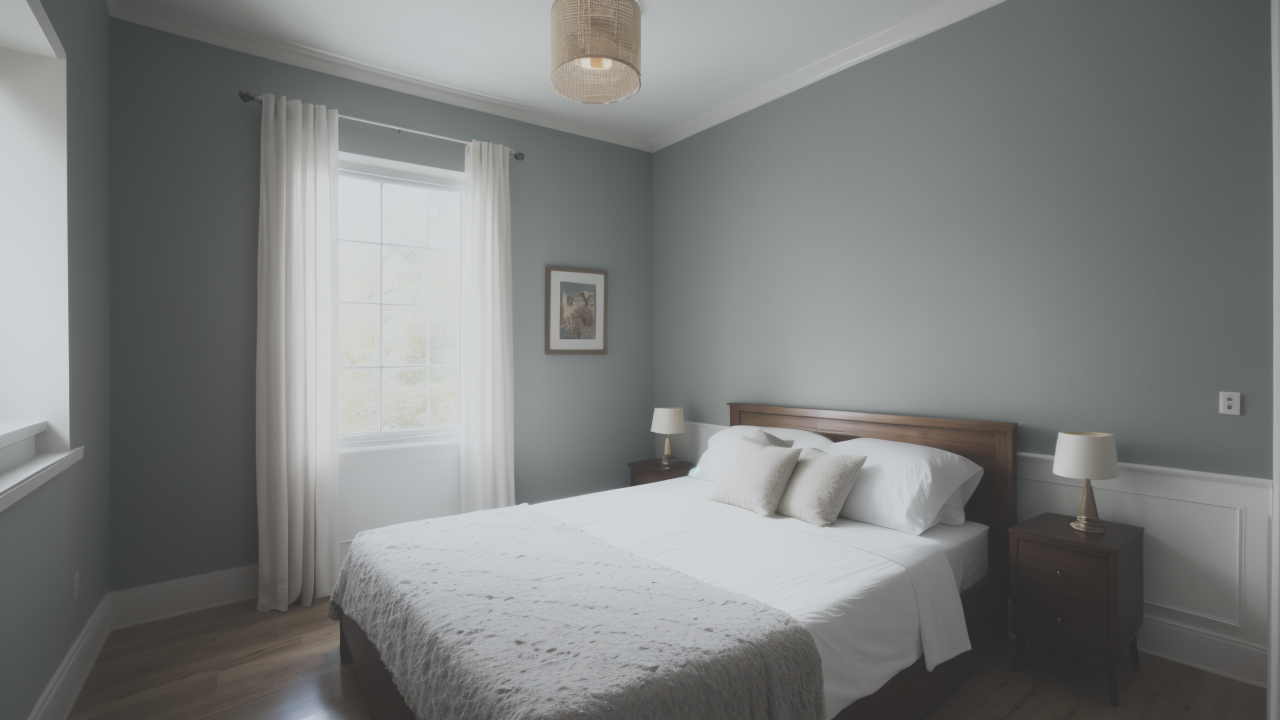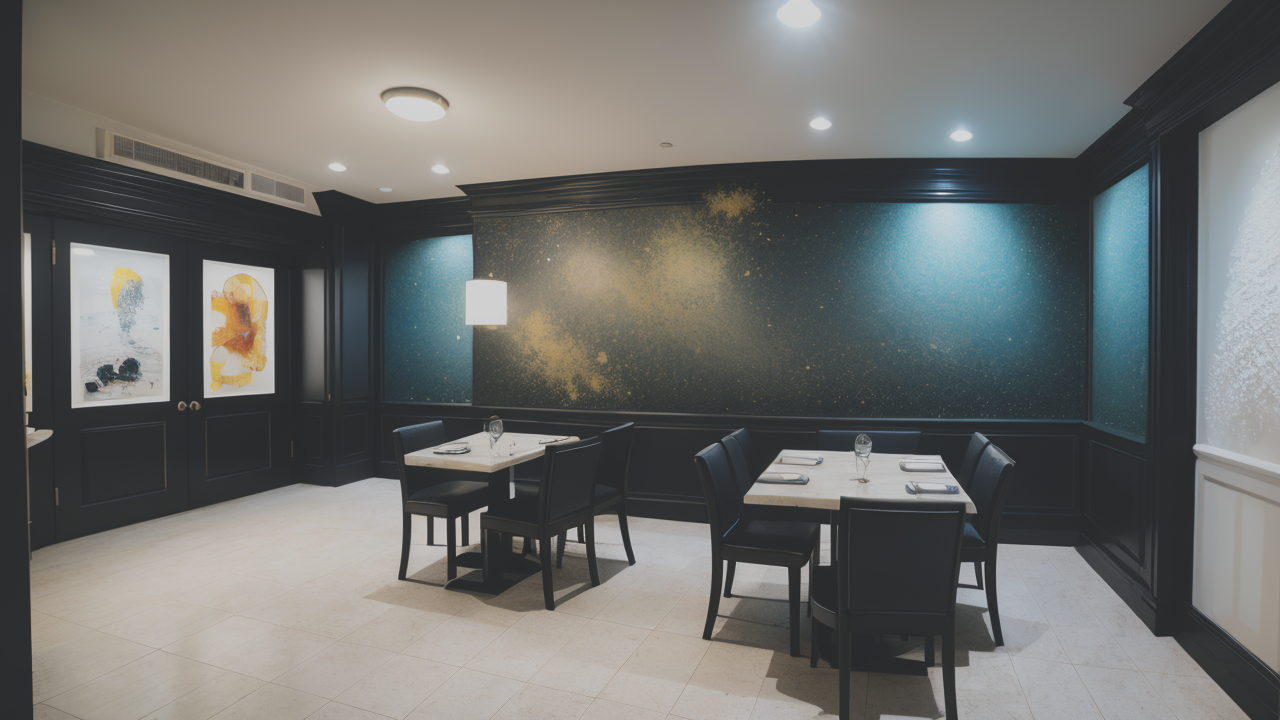
Plaster Renaissance: Exploring Its Impact on Modern Art and Decor
Understanding the Appeal of Texture Plaster Art
The Psychology of Texture in Home Decor
Texture in home decor can change how we feel in a space. It affects our senses and emotions. Plaster art adds a special kind of texture to walls and rooms. It can make a space feel cozy or fancy.

Rough textures often make us feel warm and safe. They remind us of natural things like rocks or tree bark. Smooth textures can make us feel calm and relaxed. They can make a room feel bigger and more open.
Plaster art can change how we see color and light in a room. It creates shadows that move as the sun moves. This makes walls look alive and interesting. The texture can make colors look deeper or richer.
People like to touch different textures. Plaster art invites us to feel the walls. This makes a room more fun and interactive. It's like having art you can touch, not just see. This can make a space feel more special and personal.
The Role of Plaster Art in Contemporary Interior Design Trends
Plaster art is becoming popular again in home design. It fits well with current trends for natural and handmade things. Plaster can be used in many ways, from simple to very fancy designs.
Many designers use plaster art to make accent walls. These are walls that stand out and catch your eye. They can add interest to a plain room without being too much. Plaster art works well with modern furniture and decor.
People like plaster art because each piece is unique. It's not made in a factory, so it feels more special. This fits with the trend of wanting homes to feel personal and one-of-a-kind.
Plaster is also good for the environment. It's a natural material that doesn't harm the earth. This makes it a good choice for people who want eco-friendly homes. Plaster art can be both beautiful and good for the planet.
How to Incorporate Texture Plaster Art into Your Home
Choosing the Right Plaster Art for Your Space
When picking plaster art for your home, think about the look you want. For a modern home, simple shapes or subtle textures work well. These can add interest without being too busy.

If your home is more traditional, you might like fancier plaster designs. Flowers or classic patterns can look elegant. Make sure the size of the pattern fits the size of your room.
Color is important too. White or off-white plaster looks good in any room. It's a safe choice that won't go out of style. If you want something bolder, pick a color that goes well with your other decor.
Think about what the room is for when choosing plaster art. In a bedroom, soft textures can help you relax. In a living room, more eye-catching textures can make the space exciting.
Here are some tips for choosing plaster art:
- Look at the style of your furniture and pick plaster that matches
- Consider the amount of light in the room
- Think about how the texture will feel, not just how it looks
- Choose a size that fits your wall without overwhelming the space
- Pick a design that reflects your personal style
Tips for Effective Display and Integration
Lighting is key when showing off plaster art. Good lighting can make textures stand out more. Use spotlights or wall washers to create interesting shadows on the plaster.
Leave some space around your plaster art. Don't put furniture too close to it. This gives people room to step back and enjoy the whole piece.
Use plaster art as the main attraction in a room. Put it on a wall that people will see right away. This can make a big impact when someone walks into the room.
Mix plaster art with other textures in your room. Smooth surfaces like glass or metal can balance out rough plaster. This creates a nice mix of textures that feels good to the eye.
Don't be afraid to use different types of plaster art in one room. Mixing patterns can look great if you do it right. Just make sure the colors work well together.
Here are some display tips:
- Use dimmer switches to change the lighting on your plaster art
- Frame your plaster art to make it stand out more
- Group smaller plaster pieces together for a bigger impact
- Use plaster art to hide imperfections in your walls
- Change decor around your plaster art seasonally to keep the look fresh
Case Studies: Transformative Impact of Plaster Art in the United States
Analyzing Successful Residential Projects
A family in New York City used plaster art to change their modern apartment. They put a big, wavy plaster piece on their living room wall. It made the room feel more alive and interesting.

The plaster art was white, which made the room feel bigger and brighter. It stood out against the brick and metal in the apartment. Guests always noticed and complimented the plaster wall.
In California, a couple used plaster to make their house feel like it was in the Mediterranean. They used different plaster techniques in each room. This made the whole house feel cohesive but not boring.
The entryway had rough plaster that looked old and charming. The living room had smoother plaster with subtle patterns. These different textures made the neutral-colored house feel rich and layered.
Examining Commercial Spaces Enhanced by Plaster Art
A hotel in Miami used plaster art to wow its guests. They put a big plaster wave in the lobby. It looked like the ocean, which was perfect for a beach hotel. People loved taking pictures with it.
The plaster wave looked different throughout the day as the light changed. This made the lobby feel dynamic and exciting. It helped the hotel stand out from others in the area.
A fancy restaurant in Chicago used plaster to create a cozy feeling. They put smooth and textured plaster on the walls and ceiling. This made the restaurant feel warm and luxurious.
The plaster had small designs that matched the food on the menu. This was a clever way to tie the decor to the restaurant's theme. It showed great attention to detail and made dining there feel special.


